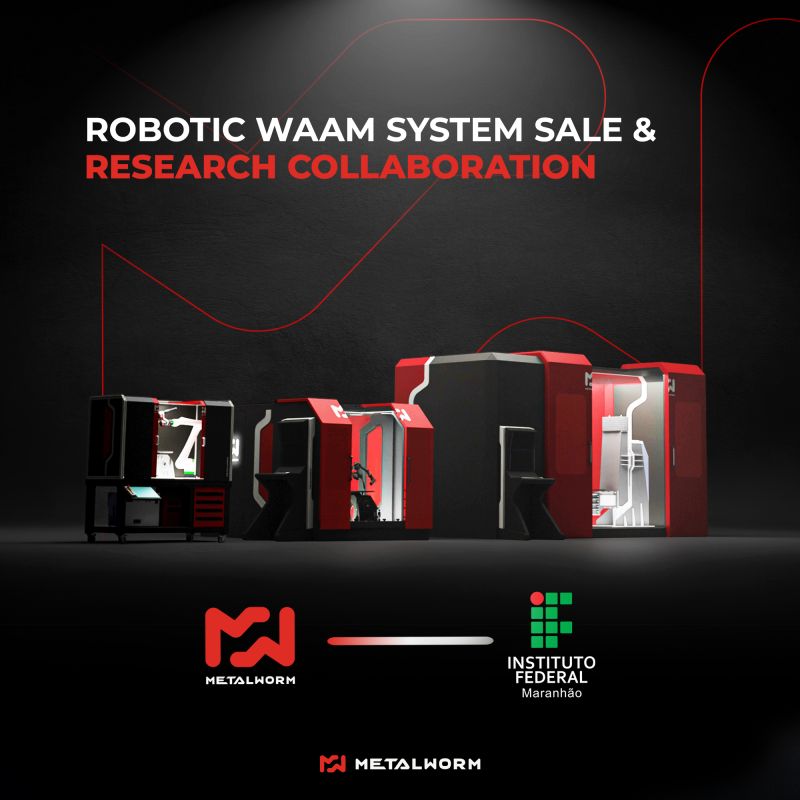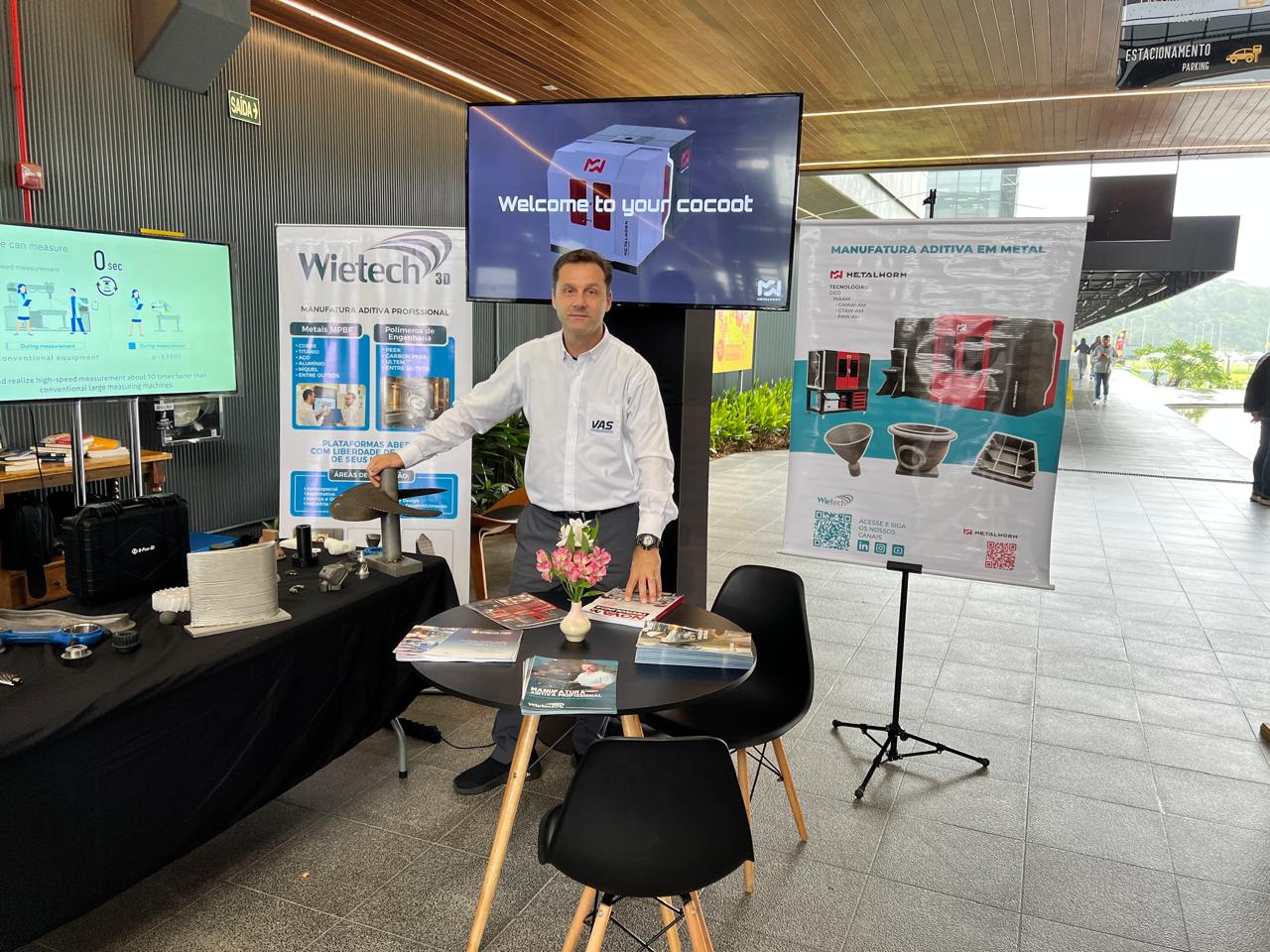 In the fast-evolving world of additive manufacturing, investors are no longer content with incremental improvements in 3D printer technology. The stakes have risen. Today’s venture capitalists demand clear, tangible evidence that a technology can solve real customer problems—not just a slightly faster or marginally cheaper printer.
In the fast-evolving world of additive manufacturing, investors are no longer content with incremental improvements in 3D printer technology. The stakes have risen. Today’s venture capitalists demand clear, tangible evidence that a technology can solve real customer problems—not just a slightly faster or marginally cheaper printer.
From Equipment Sales to End-to-End Solutions
Investors now expect companies to capture more value than the cost of a single 3D printer. The focus is shifting from merely selling equipment to providing comprehensive, end-to-end solutions that deliver measurable benefits. These solutions should address specific, high-value application areas—whether that’s heat exchangers, data-center components, or other niche industrial needs. While venture investors remain open to the possibility of high returns, they insist on robust market logic and proven potential over mere hype.
Strategic Insights from the Industry
Tali Rosman, a seasoned industry advisor at RHH Advisory and former CEO at Elem Additive, sums it up perfectly:
“Convince me you’re solving a problem. That alone sets you apart.”
Rosman’s extensive experience in M&A, strategy, and product development underscores a critical trend: hardware alone no longer secures investor interest. The U.S. manufacturing landscape is booming—driven by bipartisan efforts to rebuild the domestic industrial base—but this surge isn’t equally benefiting industrial 3D printing. Investors have grown wary of companies offering printers that are only marginally better than their predecessors. Instead, they favor ventures that deliver application-specific, high-value parts.
The pattern is clear: pure-play printer vendors have struggled to meet early return expectations. Publicly listed companies such as Stratasys and 3D Systems haven’t produced the scale of returns once anticipated. The promising proposition now lies in the end-to-end production of specialized parts, where companies own both the intellectual property and the manufacturing capability. This model allows them to capture not only the cost of the printer but also the substantial cost savings delivered to industrial clients.
The New Investment Logic
Venture investors are recalibrating their expectations. Consider this:
“If you look at Stratasys, the number one printer company in the world, it has around $600m in revenue—hardly enough to support 100x returns for a VC,” explains Rosman.
Investors are questioning why they should settle for a modest return from selling a printer when the end-user might realize millions in cost reductions. This new mindset is pushing companies to provide tangible proof of their technology’s impact, rather than relying on lofty promises.
While the market for general manufacturing assets is thriving—private equity firms like CORE Industrial Partners and American Industrial Partners are busy acquiring machine shops to boost domestic production—additive manufacturing must now prove its worth within this competitive landscape. As a16z General Partner Marc Andreessen put it,
“The only prospect for rebuilding US manufacturing is advanced manufacturing.”
Consolidation: A Necessary, But Challenging, Path Forward
Market fragmentation is another hurdle. With hundreds of similar ventures competing for a limited addressable market, consolidation has become a hot topic. Rosman advises that some level of consolidation is essential. However, the industry’s history of acquisitions has shown that not all buyers are adept at integrating their targets. Without a coherent strategy, strong management oversight, and careful attention to corporate culture, consolidation risks becoming an expensive distraction rather than a catalyst for sustainable growth.
Looking Ahead
For additive manufacturing ventures seeking investment, the message is clear: a strong pitch isn’t enough anymore. Companies must demonstrate how their technology can tap into the profit pools flowing to end-users by delivering significant, measurable benefits. Recent funding rounds for firms like 6K and Mosaic prove that sizeable capital injections are still on the table—provided that these ventures can back up their promises with solid, proven market logic.
As the investment landscape continues to evolve, it’s crucial for industry players to adapt. The future belongs to those who can not only innovate but also clearly articulate the real-world impact of their solutions.





